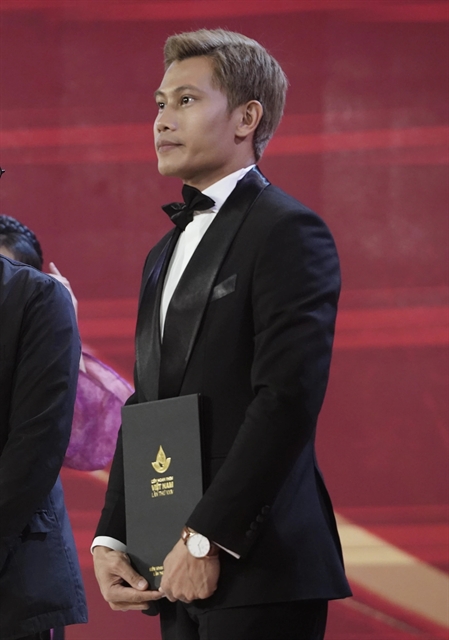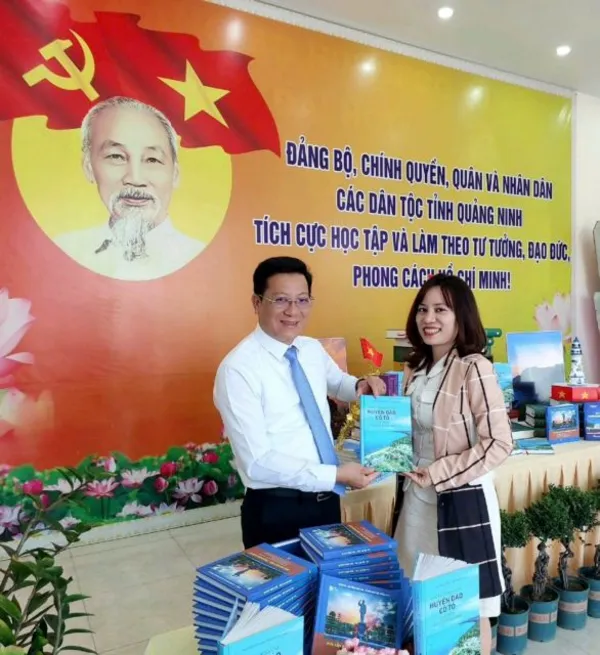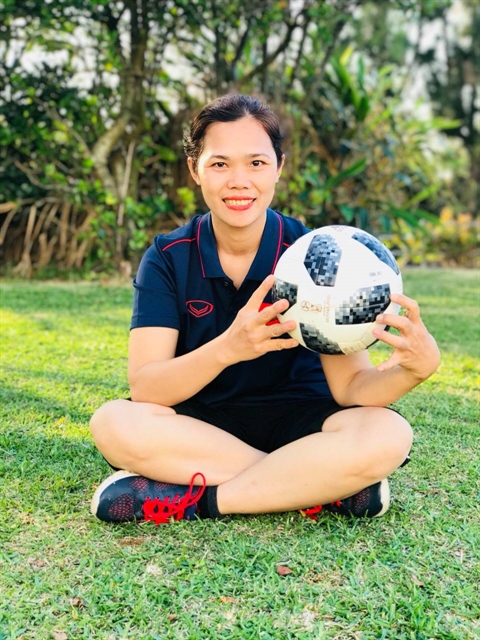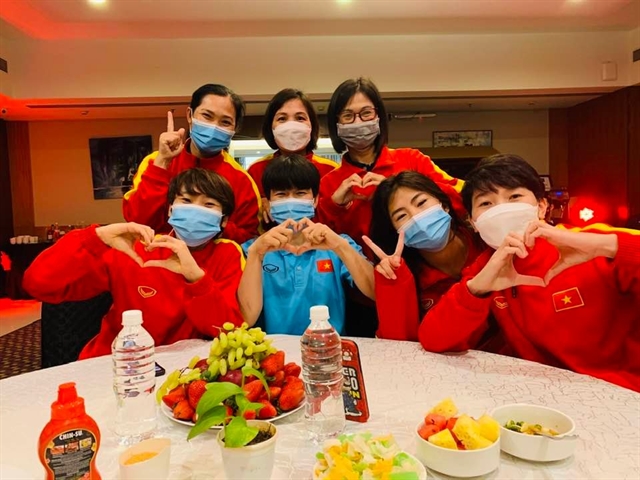 Inner Sanctum
Inner Sanctum

Trần Thị Trinh has worked as a sports doctor for nearly 20 years. She is attached to the Vietnamese women's national football team and accompanies them at all domestic and international events. Thế Công speaks with her about her life and career

|
| Trần Thị Trinh has been working as a sports doctor for nearly 20 years. — Photo courtesy of Trinh |
Trần Thị Trinh has worked as a sports doctor for nearly 20 years. She is attached to the Vietnamese women's national football team and accompanies them at all domestic and international events. Thế Công speaks with her about her life and career
Inner Sanctum: How did you come to be a sports doctor?
When I studied at the Việt Nam University of Traditional Medicine, I participated in many sports activities. I thought it might be a chance for me to pursue a career in sports one day.
In 2003, the women's football team needed a doctor to take care of the athletes' health. I was then introduced to the Hà Nội-based National Sports Training Centre. Those were my first days with the women's team and my career as a sports doctor.
The medical profession is hard work; sports doctors have no exception, they also have their struggles. In addition to taking care of athletes during competition, we also have to pay attention to nutrition, psychology and recovery massage, and we have to accompany them when they compete.
Due to the COVID-19 pandemic, we are swamped with work. In addition to focusing on hygiene and disease prevention and health protection, we also take time to examine injuries. In general, there are so many things that it is difficult to mention, especially for taking care of female athletes.
Inner Sanctum: You are one of two doctors that accompanied the women's football team during the 2022 AFC Women's Asian Cup. What was special about this trip?
When working for any team, we have to carefully prepare athletes with medicine and nutrition during training and competition then help them recover from injuries.
When the team trained and played in Spain and India, the taste of the food in these countries was not familiar to the players, so the coaching staff and the doctors had to prepare rice and food from home.
When the team practised in Spain, the athletes' physical strength was very good. But when the players competed in the third friendly match, they became infected with COVID. Our team had nine people infected, including seven athletes and two doctors, Lương Thị Thúy and me.
The whole team were shocked and surprised because we didn't think it would be too bad as we had prepared psychologically for it in advance. At that time, the positive cases came one after another. Faced with that, the coaching board informed the National Sports Administration and the Việt Nam Football Federation to hold a meeting to resolve how to help the athletes stay calm, stabilise their psychology, and recover their health as soon as possible. I was responsible for the care and recovery of the athletes. We also divided the F0 group and the F1 group to easily treat the patients.
When the team were about to start moving to India to compete, there were only 10 people, six footballers and four coaches; the remaining three negative-tested people stayed in Spain to take care of those who were still positive.
On January 18, only 14 players left in Spain tested negative and were allowed to register to compete. On January 29, we left for India. At that moment, the whole team seemed to explode. Perhaps, those were the most memorable days for our entire team.
The move from Spain to India was also quite arduous; we had to fly long distances and were very tired. Having just arrived in India, the athletes who had just recovered from the illness had to train to play their first match against South Korea the next day.

|
| Trần Thị Trinh (first left standing) and the women’s football team in India early this year. — Photo courtesy of Trinh |
Inner Sanctum: As both team doctors were also infected with coronavirus, did you have to take care of yourselves as well as sick people in the team?
I had COVID, but the symptoms were normal, and at that time I was no longer worried about myself but only for the athletes. I had to advise them to practise hard and eat well to recover quickly. When we had COVID, each of us was allocated an isolation room for seven days and was not allowed to go out.
Perhaps those were days we will never forget. We had many options, but whatever the plan was, the top goal was for the athletes to recover as quickly as possible.
Inner Sanctum: Sports doctors also do time-consuming and hard work, but their income can’t be like that of doctors in other fields. Have you ever thought about this issue?
I have taken part in many events, such as the ASIAD and SEA Games. When I don't work for the women's football team, I work for other groups such as the karate and sepak takraw teams.
Some of the teams I was with won gold medals. Lê Bích Phương won the only gold medal at the ASIAD 2010 in Guangzhou, China, then the sepak takraw team also won a gold medal at the ASIAD 2006.
Every profession has its hardships. The sports medicine also has its own pressures. For my job, I must spend time much with athletes. Many good doctors have moved on to hospitals to work. I also thought that I would move to a hospital to have more time to take care of my family.
But this seems to be fate. Every time I intend to move I feel regret because, after all, I have been a sports doctor for nearly 20 years, and of course, I love it, so then I decide to be faithful to my career.
Inner Sanctum: You say sports doctors spend more time with athletes and less time with family. Does this affect your family life?
I am married and have two children; the oldest is in ninth grade, the younger in fifth grade. As I have said, sometimes my mind fluctuates, especially the days when I follow the team to compete abroad.
My children remember me very much and often call me. Overcoming challenges and with the support of my family, I still do my good job.
The person who supported me the most to follow the career of a sports doctor was my husband. He encouraged me a lot and gave me the driving force to follow my passion until today. VNS